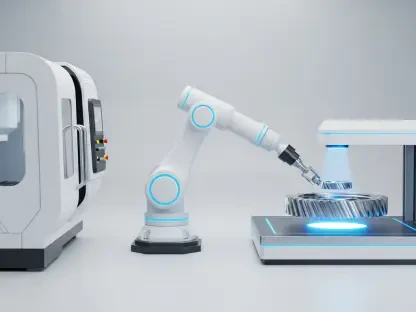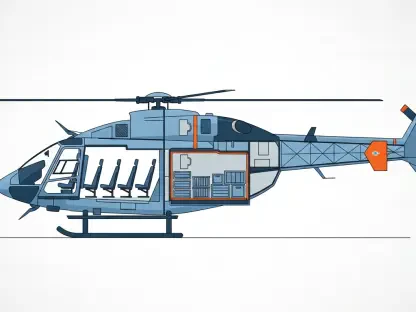In a remarkable development for the aerospace sector, Horizon Microtechnologies has recently secured critical funding through the European Space Agency’s (ESA) SPARK program, guided by the Center for Satellite Navigation Hesse GmbH (CESAH). This financial infusion is set to propel Horizon Microtechnologies’ advancement of cutting-edge 3D printing and metallization technologies aimed specifically at meeting the singular demands of space applications. With space posing some of the harshest and most unforgiving conditions, the ability to produce high-performing components that can withstand these environments is a monumental leap forward. Horizon’s innovative processes will be honed to ensure that the 3D-printed, metallized components are capable of enduring the extreme and maintenance-free conditions encountered in space.
Securing this funding represents a significant milestone for Horizon Microtechnologies, underscoring the potential of its groundbreaking technology to conquer the ultimate engineering challenges presented by space. Andreas Frölich, the CEO of Horizon, highlighted that space application necessities demand unparalleled standards of performance, longevity, and reliability. The support from the ESA stands as a testament to Horizon’s potential to drive innovation within space technology. Horizon Microtechnologies seamlessly fuses the precision and design flexibility of 3D printing with sophisticated metallization processes, resulting in components that are not only lighter but also more compact, all while maintaining structural integrity and functionality in the harsh environments of space. Reducing size, weight, and power (SWaP) is vital for space missions, where every gram contributes to overall efficiency.
The Technology Behind the Transformation
Horizon Microtechnologies’ technology allows for the creation of monolithic components with intricate geometries, offering novel design options for engineers. These components meet the stringent functional and spatial constraints required by space missions. The incorporation of advanced metallization processes with 3D printing enables the production of parts that can withstand extreme temperatures, vacuum conditions, and radiation. The combination of these processes creates a unique synergy that significantly enhances the performance and reliability of space-bound components.
This next-generation technology results in substantial weight savings and improved efficiency, which are critical factors in the aerospace industry. The ability to produce more compact and lightweight components without compromising on strength or functionality provides a competitive edge. The implications of this technology extend beyond space applications, presenting opportunities to innovate in other high-reliability sectors. With Horizon’s technology, engineers can explore new possibilities and create components that were previously unattainable due to physical constraints.
Broader Implications for the Technology
The success of Horizon Microtechnologies’ technology in demanding space environments demonstrates its potential utility across other sectors such as telecommunications, aerospace, and defense. If components can reliably function in the hostile conditions of space, they are likely to meet—and exceed—high standards required on Earth. The rigorous validation through space applications provides a strong endorsement of the technology’s robustness and dependability. This ESA-supported project has significantly bolstered Horizon’s credibility, reinforcing its reputation for delivering high-performance solutions.
Moreover, the success paves the way for broader industry adoption of Horizon’s groundbreaking processes. By participating in the ESA SPARK program, Horizon Microtechnologies is pushing the boundaries of what is possible with 3D-printed, metallized components. This project underscores their commitment to advancing applications that require exceptional reliability and longevity. It invites partners, customers, and members of the broader technology community to join Horizon on this innovative journey.
Future Prospects and Industry Impact
Horizon Microtechnologies has achieved a significant milestone in the aerospace sector by securing vital funding from the European Space Agency’s (ESA) SPARK program, with guidance from the Center for Satellite Navigation Hesse GmbH (CESAH). This financial boost will accelerate Horizon’s development of advanced 3D printing and metallization technologies tailored for space applications. Space is known for harsh conditions, making the ability to produce high-performance components that can endure these environments a major breakthrough. Horizon’s innovative processes aim to create 3D-printed, metallized parts designed to survive extreme, maintenance-free conditions inherent in space.
This funding underscores Horizon Microtechnologies’ potential to overcome the intense engineering challenges of space. CEO Andreas Frölich noted that space applications require exceptional performance, longevity, and reliability. ESA’s support verifies Horizon’s capacity to innovate in space technology. By merging the precision and flexibility of 3D printing with advanced metallization, Horizon produces lighter, more compact components without compromising structural integrity or functionality. Reducing size, weight, and power (SWaP) is essential for space missions, where every gram matters for efficiency.









